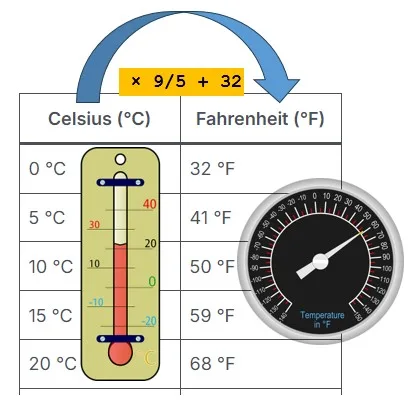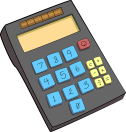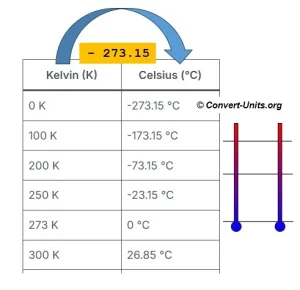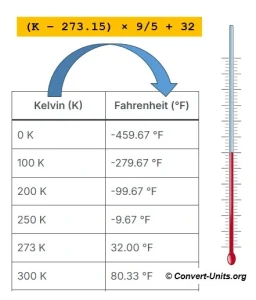
Conversion Calculator
Click on the following link if you want to convert Fahrenheit to Celsius
History
The Celsius and Fahrenheit scales were developed in the 18th century as ways to measure temperature, but they were born in different scientific worlds.
The Celsius scale was introduced by Swedish astronomer Anders Celsius in 1742. He designed a scale based on the freezing and boiling points of water: 0°C for freezing and 100°C for boiling.
The Fahrenheit scale, on the other hand, was created earlier, in 1724, by Daniel Gabriel Fahrenheit, a German physicist. He based his scale on three reference points, one of them being the freezing point of a saltwater solution. In his system, water freezes at 32°F and boils at 212°F.
These two temperature systems coexisted for centuries, but today Celsius is used almost everywhere in the world, except in the United States and a few other countries that still use Fahrenheit.
Common Usage
- Celsius (°C) is the standard temperature scale in most of the world, used in weather reports, cooking, and science.
- Fahrenheit (°F) remains the everyday temperature scale in the United States, the Bahamas, Belize, and the Cayman Islands.
So, when you see a weather forecast saying it’s 30°C in Spain, that means about 86°F – a hot summer day! But if you’re traveling to the U.S. and see 68°F, that’s a mild 20°C.
Conversion Formula and Example
To convert Celsius to Fahrenheit, you can use the following formula:
°F = (°C × 9/5) + 32
Example:
Let’s convert 25°C to Fahrenheit.
°F = (25 × 9/5) + 32
°F = (45) + 32
°F = 77°F
So, 25°C equals 77°F – a warm and pleasant temperature.
Conversion Table
| Celsius (°C) | Fahrenheit (°F) |
|---|---|
| 0 °C | 32 °F |
| 5 °C | 41 °F |
| 10 °C | 50 °F |
| 15 °C | 59 °F |
| 20 °C | 68 °F |
| 25 °C | 77 °F |
| 30 °C | 86 °F |
| 35 °C | 95 °F |
| 40 °C | 104 °F |
| 50 °C | 122 °F |
| 100 °C | 212 °F |
These are some of the most common temperature points people check for weather, cooking, or travel.
Fun Facts
- Negative Fahrenheit temperatures are more common in the U.S. than in Celsius countries – because 0°F is much colder than 0°C.
- Body temperature is about 37°C or 98.6°F – that’s why U.S. thermometers usually show that as the “normal” range.
- The Fahrenheit scale was once defined by mercury thermometers, which were highly accurate for the time.
Frequently Asked Questions
1. Why does the U.S. still use Fahrenheit?
Because it’s part of their traditional measurement system. Switching would require massive public and industrial changes, so Fahrenheit remains standard.
2. What’s colder: 0°C or 0°F?
0°F is colder. It’s equivalent to about -17.8°C.
3. What’s the easiest way to roughly convert °C to °F in my head?
Multiply by 2 and add 30.
It’s not exact, but it’s good for quick estimates (e.g., 20°C ≈ 70°F).
4. What’s the boiling point of water in Fahrenheit?
212°F (equivalent to 100°C).
5. What’s the freezing point of water in Fahrenheit?
32°F (equivalent to 0°C).



